Hi everyone,
I need advise on this ring. The center stone is a 3ct Burmese pigeon blood ruby but GRS H(a) treatment. I was told it’s heated but by looking GRS website, it states use of filler material to heal fracture. My question is first will H(a) be acceptable or it equals to treated ruby. Second is what’s the price scope for this ruby cost per carat.
Thank you.
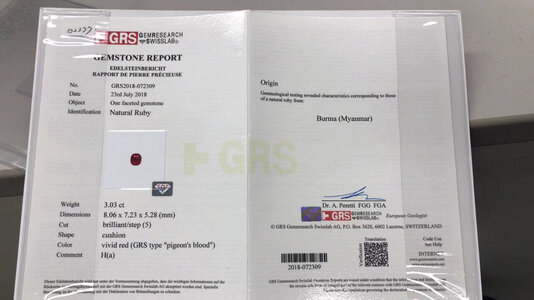
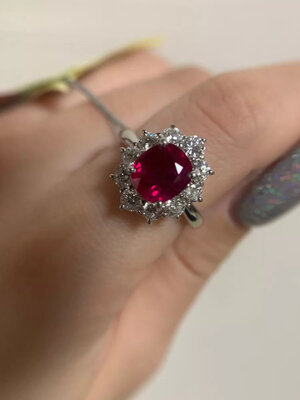
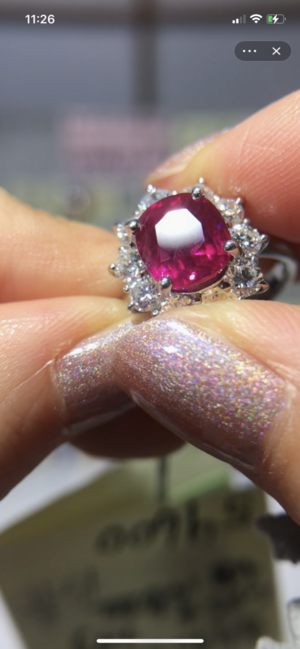
I need advise on this ring. The center stone is a 3ct Burmese pigeon blood ruby but GRS H(a) treatment. I was told it’s heated but by looking GRS website, it states use of filler material to heal fracture. My question is first will H(a) be acceptable or it equals to treated ruby. Second is what’s the price scope for this ruby cost per carat.
Thank you.








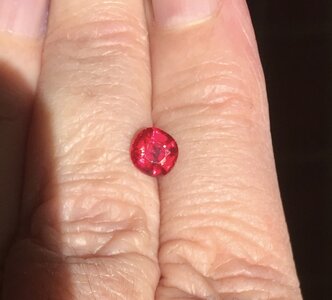
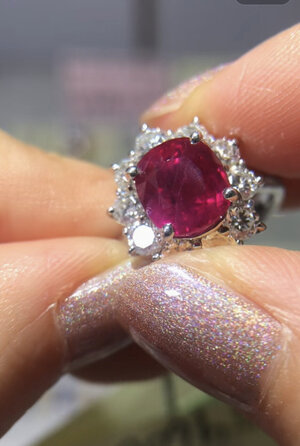


300x240.png)